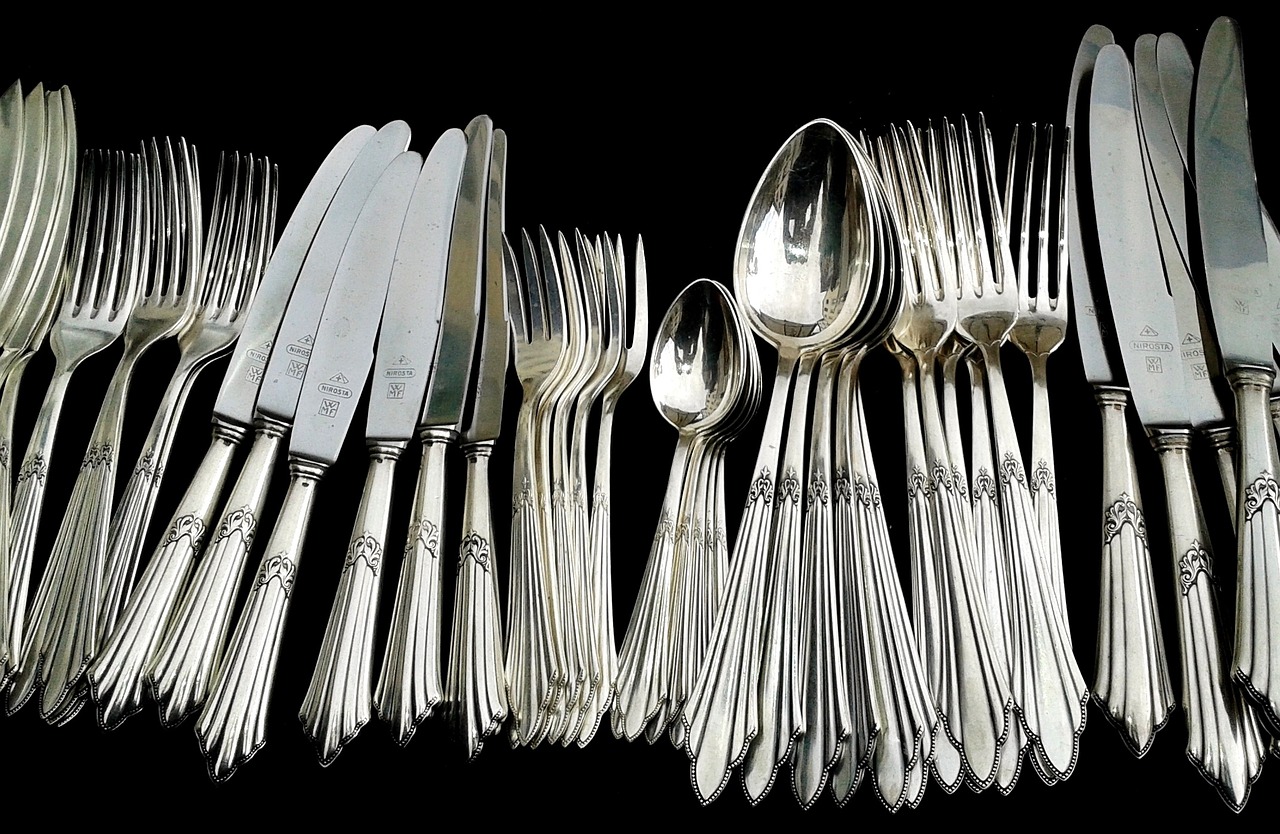The use of silver in construction
Silver is a chemical element with the symbol Ag (from the Latin word for silver, "argentum") and atomic number 47. It is a soft, white, lustrous metal that is highly valued for its beauty and rarity. Silver is a good conductor of electricity and heat, making it a useful material in many different industries, including electronics, construction, and jewellery making.
Silver is found in the earth's crust in the form of ores that can be mined and refined to obtain the pure metal. It is also a by-product of other metal mining, such as copper and lead mining. Silver has been used by humans for thousands of years, and has played an important role in many different cultures and civilizations throughout history.
In addition to its industrial uses, silver has also been widely used in jewellery and coins. It is a popular precious metal due to its beauty, rarity, and relative affordability compared to other precious metals such as gold. Silver is also a popular investment metal, with many people buying silver bullion coins and so on as a hedge against inflation and currency devaluation.
Silver has been used in the construction industry for centuries, and remains an important material today, largely due to its excellent thermal and electrical conductivity and high reflectivity.
One of the most common uses of silver in construction is in electrical wiring. Silver is an excellent conductor of electricity, and is also a good conductor of heat, and is often used to make heating systems and electrical components that generate heat, such as heating elements and transformers.
Silver is also a highly reflective material, and can be used in roofing materials and insulation to reflect heat and light. This helps to reduce energy costs by keeping buildings cooler in the summer and warmer in the winter.
It also has antimicrobial properties. This makes it suitable for use in areas where hygiene is important, such as hospitals and food processing facilities. For example, silver-coated tiles or paint can be used on walls and surfaces to prevent the growth of bacteria and other harmful microorganisms.
Other uses of silver include:
- Circuit boards, batteries, and solar panels.
- Photography: Silver is still used in traditional photography as the light-sensitive component in film and photographic paper.
- Energy applications, such as catalysts for producing hydrogen, in batteries for energy storage, and in mirrors for concentrating solar energy.
- Industrial processes, including the production of chemicals, plastics, and pharmaceuticals.
- Glassmaking.
- Bearings.
- Various types of coatings.
Despite its many advantages however, silver is relatively expensive, which makes it less common in construction than other materials such as copper and aluminium.
[edit] Related articles on Designing Buildings
Featured articles and news
Architects, architecture, buildings, and inspiration in film
The close ties between makers and the movies, with our long list of suggested viewing.
SELECT three-point plan for action issued to MSPs
Call for Scottish regulation, green skills and recognition of electrotechnical industry as part of a manifesto for Scottish Parliamentary elections.
UCEM becomes the University of the Built Environment
Major milestone in its 106-year history, follows recent merger with London School of Architecture (LSE).
Professional practical experience for Architects in training
The long process to transform the nature of education and professional practical experience in the Architecture profession following recent reports.
A people-first approach to retrofit
Moving away from the destructive paradigm of fabric-first.
International Electrician Day, 10 June 2025
Celebrating the role of electrical engineers from André-Marie Amperè, today and for the future.
New guide for clients launched at Houses of Parliament
'There has never been a more important time for clients to step up and ...ask the right questions'
The impact of recycled slate tiles
Innovation across the decades.
EPC changes for existing buildings
Changes and their context as the new RdSAP methodology comes into use from 15 June.
Skills England publishes Sector skills needs assessments
Priority areas relating to the built environment highlighted and described in brief.
BSRIA HVAC Market Watch - May 2025 Edition
Heat Pump Market Outlook: Policy, Performance & Refrigerant Trends for 2025–2028.
Committing to EDI in construction with CIOB
Built Environment professional bodies deepen commitment to EDI with two new signatories: CIAT and CICES.
Government Grenfell progress report at a glance
Line by line recomendation overview, with links to more details.
An engaging and lively review of his professional life.
Sustainable heating for listed buildings
A problem that needs to be approached intelligently.
50th Golden anniversary ECA Edmundson apprentice award
Deadline for entries has been extended to Friday 27 June, so don't miss out!
CIAT at the London Festival of Architecture
Designing for Everyone: Breaking Barriers in Inclusive Architecture.
Mixed reactions to apprenticeship and skills reform 2025
A 'welcome shift' for some and a 'backwards step' for others.


























Comments
[edit] To make a comment about this article, or to suggest changes, click 'Add a comment' above. Separate your comments from any existing comments by inserting a horizontal line.